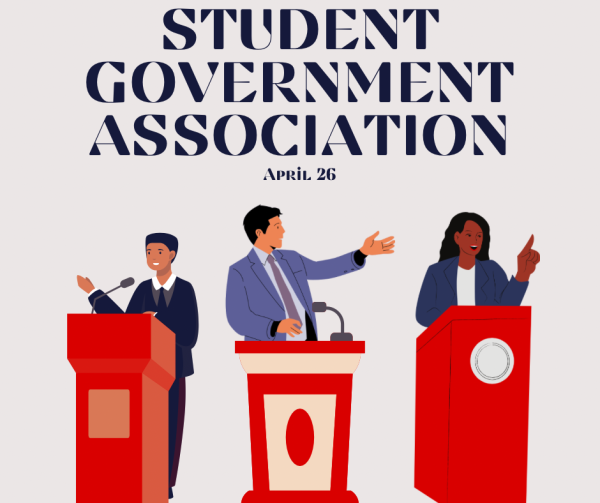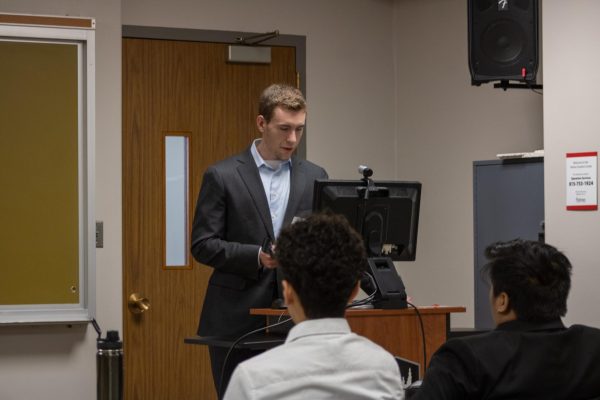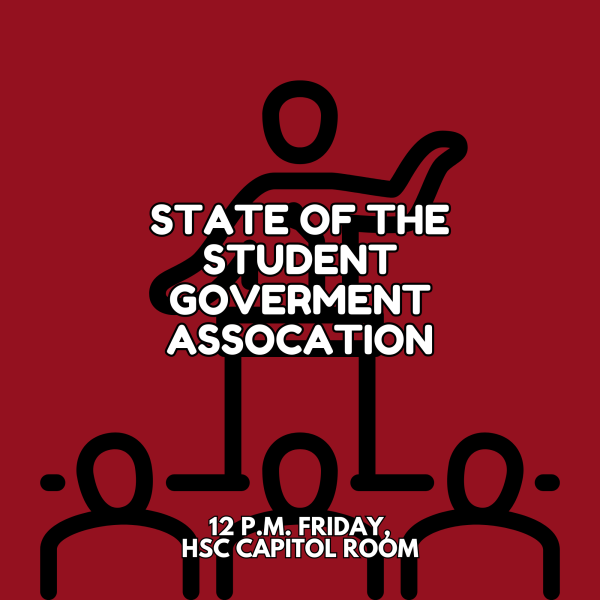Studies show collegiate student smoking trend on the decline
September 17, 2008
Smoking is so ’90s.
That’s according to a report by the American Lung Association (ALA) that says in 2006, only 19.2 percent of college students smoked. This is the lowest rate since 1980, the report says.
“In my opinion, it might be more education from the providers,” said Dr. Saroj Ahluwalia, associate director of Health Services. “They stress providing smoking cessation to students.”
She said some health care facilities now include smoking as one of the vital signs. This means that after getting a patient’s blood pressure, for instance, the nurse will ask the patient if they smoke. If they say yes, the doctor will recommend smoking cessation. Health Services doesn’t currently do this but are looking to implement it in the near future.
“It could be peer pressure also,” she said. “The peers are smoking less.”
In fact, the report says college students think their peers are smoking more than they actually are. In 2006, 86 percent said their fellow students smoked at least one cigarette per month.
The ALA also found that college students smoke considerably less than 18- to 22-year-olds who are not in college, of whom 35.7 percent smoke.
Some of the reasons given by the ALA for the decrease are cigarette companies increasing prices, increased cigarette taxes, smoke-free air policies and laws on smoking restrictions in student housing.
Senior math major Spiro Dokolas, a smoker, is among those who say the rate of college smokers is likely more than 20 percent, but he has noticed some reasons why students are smoking less.
“Probably a majority of it is cost; gas is going up,” he said. “It could be possibly because of the bans in bars.”
While they’re happy the number is low, the ALA says that 20 percent is still too high. It is above the rate of 12 percent that the Department of Health and Human Services has set as a goal for 2010.
The report also stated that in 1989, college smoking rates were nearly 20 percent, but in 1999, the rates ballooned to an all-time high of 30.6 percent.
The ALA blames the inflated figure on tobacco companies’ aggressive marketing tactics. ALA states in the report that incoming college students are especially susceptible to the ploys.
The ALA is calling on universities nationwide to join the Smokefree Air 2010 Challenge, which is “a nationwide movement to eliminate exposure to secondhand smoke in public places and workplaces no later than 2010 and reduce smoking-related illnesses.”
The report says many college student smokers smoke socially. Junior communications major Andrew Viscius is one such student, but said he thinks one major reason keeps students from smoking.
“The facts: Smoking kills,” he said.












